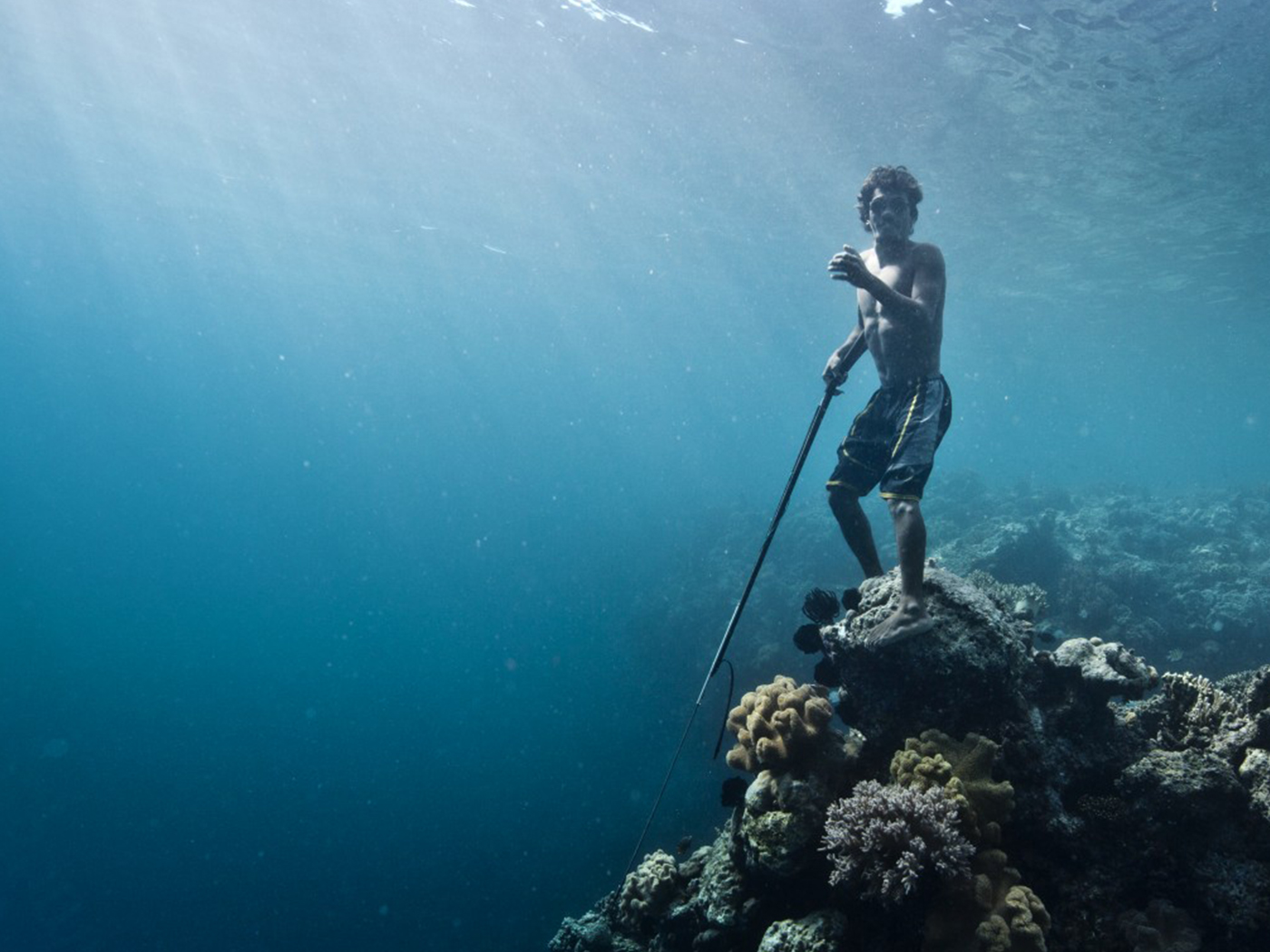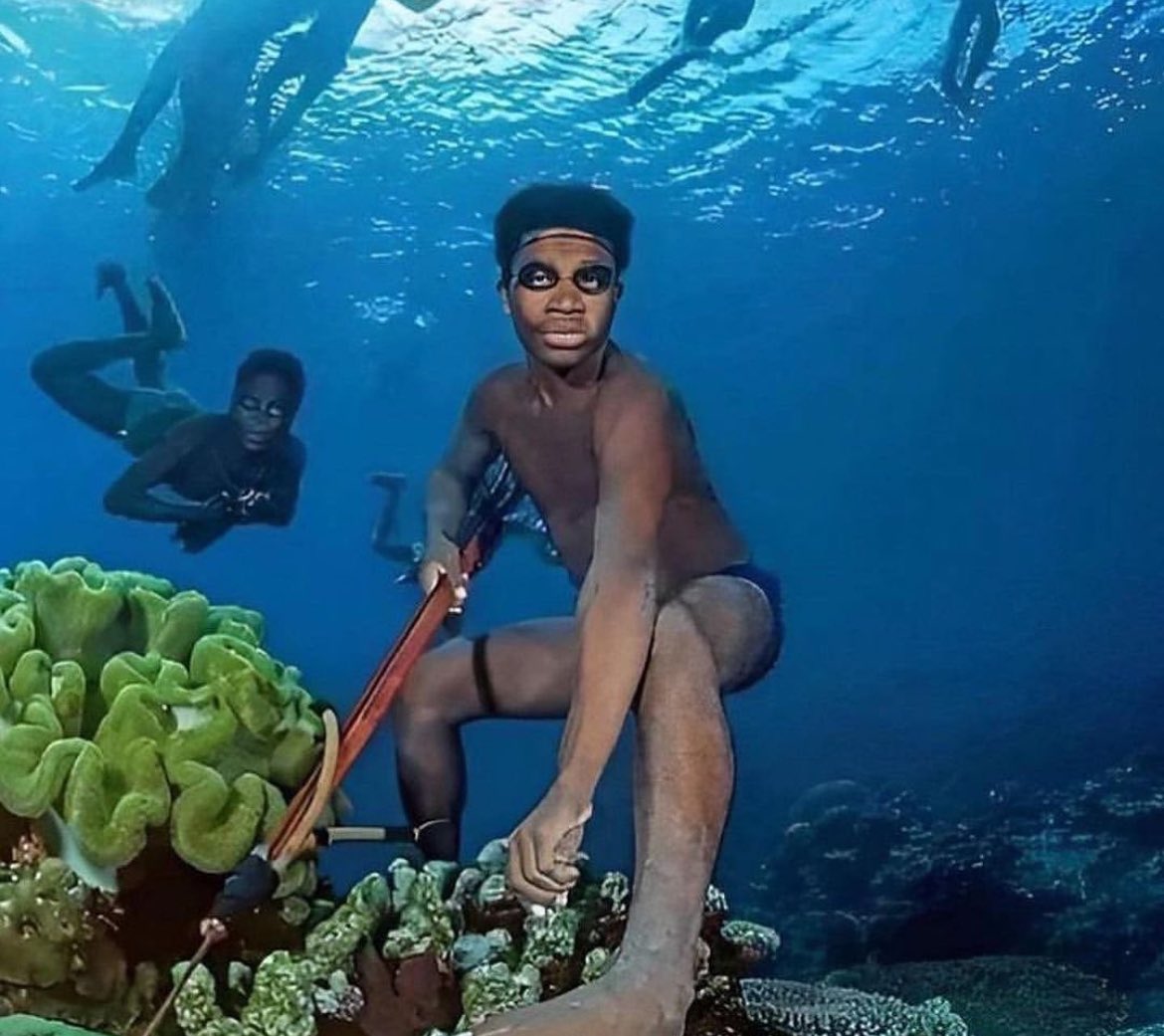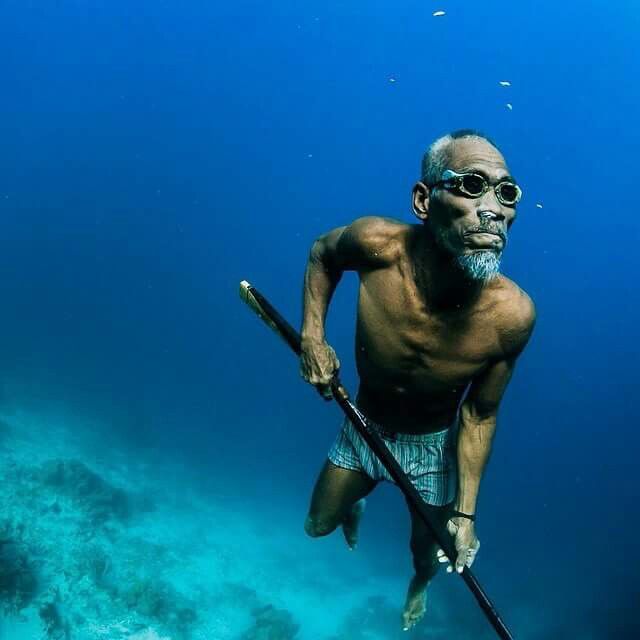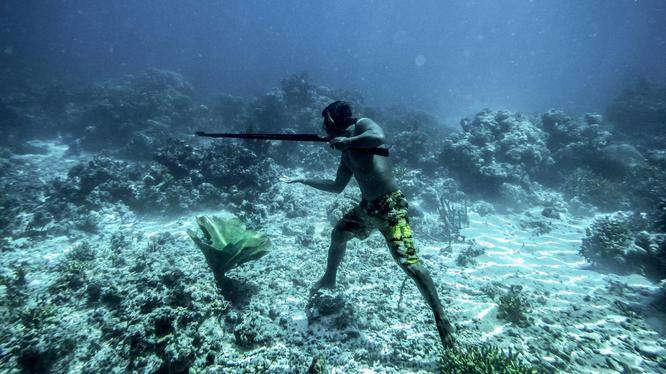Bajau people of Indonesia, Philippines and Malaysia were first recorded by Europeans when Venetian explorer Antonio Pigafetta met them in 1521 AD. These maritime nomadic people have been fishing and diving for many millennia and over that time they have evolved bigger spleens which allows them to dive for longer than the average human.
Introduction
The Bajau people, also known as the “Sea Nomads,” are an indigenous group found in Indonesia, the Philippines, and Malaysia. First recorded by Europeans when the Venetian explorer Antonio Pigafetta met them in 1521 AD, the Bajau have fascinated the world with their exceptional maritime skills. Over millennia, they have evolved unique physical adaptations that enable them to thrive in their underwater environment.

Evolution and Adaptation
A Unique Genetic Adaptation
Scientists have discovered that the Bajau people possess a genetic mutation that has significantly enlarged their spleens. The spleen, located near the stomach, plays a crucial role in filtering blood and removing old cells. More importantly for the Bajau, it acts as a reservoir for oxygenated red blood cells, essentially functioning as a biological scuba tank during their extended dives.
“The bigger spleen makes more oxygen available in their blood for diving,” according to scientists.

This adaptation allows the Bajau to dive to remarkable depths of over 200 feet and hold their breath for an astonishing 13 minutes.
An Ancient Way of Life
For centuries, the Bajau have lived a life intricately connected to the sea. Their maritime lifestyle includes fishing and diving, activities they perform with extraordinary skill. This unique relationship with the ocean has not only defined their culture but also their very biology.

The Bajau Lifestyle
Diving and Fishing
The Bajau are renowned for their ability to walk across the seabed while hunting fish, using only traditional equipment. This skill is not just a cultural practice but a necessity for their survival, as their diet heavily relies on seafood.
Living at Sea
Unlike most other human populations, the Bajau spend a significant portion of their lives on the water. Many of them live in houseboats, known as “lepa-lepa,” and only come ashore for essential activities such as trading or repairing their boats. This constant interaction with the marine environment has further honed their diving capabilities and deepened their connection with the ocean.

Scientific Significance
Research and Discoveries
The study of the Bajau people provides invaluable insights into human adaptation and evolution. Their enlarged spleens are a direct result of natural selection, showcasing how humans can evolve specific traits to thrive in unique environments. This discovery opens new avenues for research into genetic adaptations and their potential applications in medicine and physiology.
The Biological Scuba Tank
The concept of the spleen as a “biological scuba tank” is particularly intriguing for scientists. Understanding how the spleen stores and releases oxygenated red blood cells can potentially lead to advancements in medical treatments for conditions related to hypoxia, where the body or a region of the body is deprived of adequate oxygen supply.
Conclusion
The Bajau people are a remarkable example of human adaptability and resilience. Their unique genetic traits, honed by centuries of maritime living, allow them to perform feats underwater that are beyond the capabilities of most humans. As scientists continue to study their adaptations, the Bajau offer a window into the incredible possibilities of human evolution and the profound connection between culture, environment, and biology.
By understanding and appreciating the Bajau way of life, we gain deeper insights into the extraordinary potential of the human body and the diverse ways in which human societies can thrive in harmony with nature.



